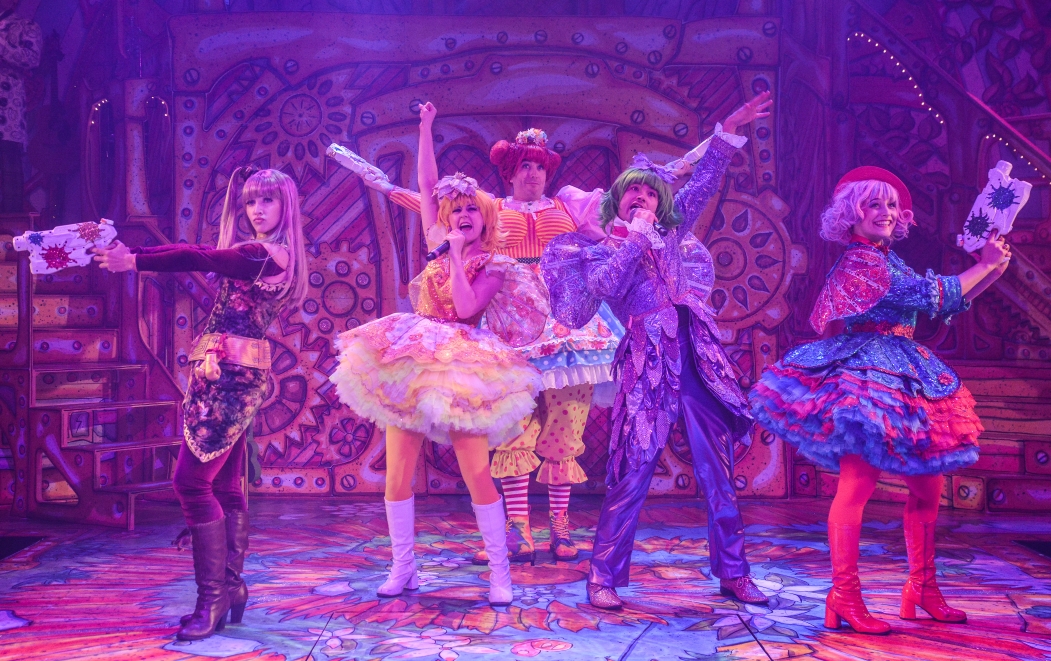Delayed out of deference to Monarchist sensitivities, and under the sardonic eye of the Republican Oliver Cromwell, at least in statue form, Wythenshawe Hall has once again been able to throw open its doors.
There was a night, not so long ago, when it looked like that day might never come to pass. So firmly did fire take hold of its timbers following an arson attack six years ago that it took more than 50 firefighters over 48 hours to loosen its grip. In spite of their efforts, by that time considerable damage had been inflicted on the 16th century building, the home of the Tatton family until the 1920s.
The refurbishment has required a correspondingly significant investment, not only in terms of the £67 million afforded it by Manchester City Council, but in architectural oversight and craftsmanship. Since that March night in 2016, the whole roof has been replaced and, beneath it, there have been extensive repairs to ceilings and panelling, as well as the replacement of heat-shattered stained glass with replica windows. Along the way, both Buttress Architects and their partners Carlton Construction have won awards for the work they have undertaken.
Impressive though the feat has been, it remains, nonetheless, a work in progress. Parts of the hall, the servants’ quarters in particular, require more attention. At this point in the restoration, the emphasis is squarely on the visual appeal of the ‘upstairs’ rather than the social history of the ‘downstairs’. Still, there is much to see, and much to transport one back through the times when the building was inhabited.
On an October Saturday, holding off threatened showers, a steady parade of the curious promenade through its chambers, among them at least one little girl in her best princess frock, and – a little more unexpectedly – a smattering of steampunks, one piloting a penny farthing with practised confidence across the courtyard.
Those visitors who have stepped inside are shepherded by volunteers from the Friends of Wythenshawe Hall, identifiable by being in costume, the favoured period for which, in contrast to the Victoriana of the steampunks, seems to be the century when the hall was first built. First established in 2012, the Friends I spoke to were self-described locals, often users of the park, who had found themselves drawn to the building stranded there by history.
Lined with fake volumes, the library, designed by Samuel and Lewis Wyatt, entices you into the building. Walls not given over to this ersatz shelving are hung with flock paper of a rich, venous red, some of it from the original rolls. The family removed the actual books when they removed themselves, but since then more personal memorabilia has been reacquired. Laid out in a display case, where they can be viewed but not browsed, are the scrapbooks of Eva and Alice Tatton, their visible pages pasted with photographs and illustrations. Adding further to its charms, and in the best traditions of Gothic fiction, the bookcases conceal not one, but two secret doorways, allowing the servants to make a discrete exit, although one of them now is reportedly sealed.
Equally intriguing is the splendidly named Withdrawing Room, the chamber where once the Tattons would have received guests and served all but the grandest meals. Stained glass windows display a lineage of coats-of-arms, a shorthand of family alliances. The pick of these features is a handsome greyhound, resting rather than racing.
Further open days are hoped for, although, having sadly lost Friends to Covid, their frequency depends to some extent on finding new members to swell their ranks. Having risen from its ashes and having found a place within the hearts of a wider community, its continued relevance is, to some extent, in all our hands, steampunk or princess, whatever our class.
The Friends of Wythenshawe Hall can be contacted via Mail@Wythenshawehall.com












